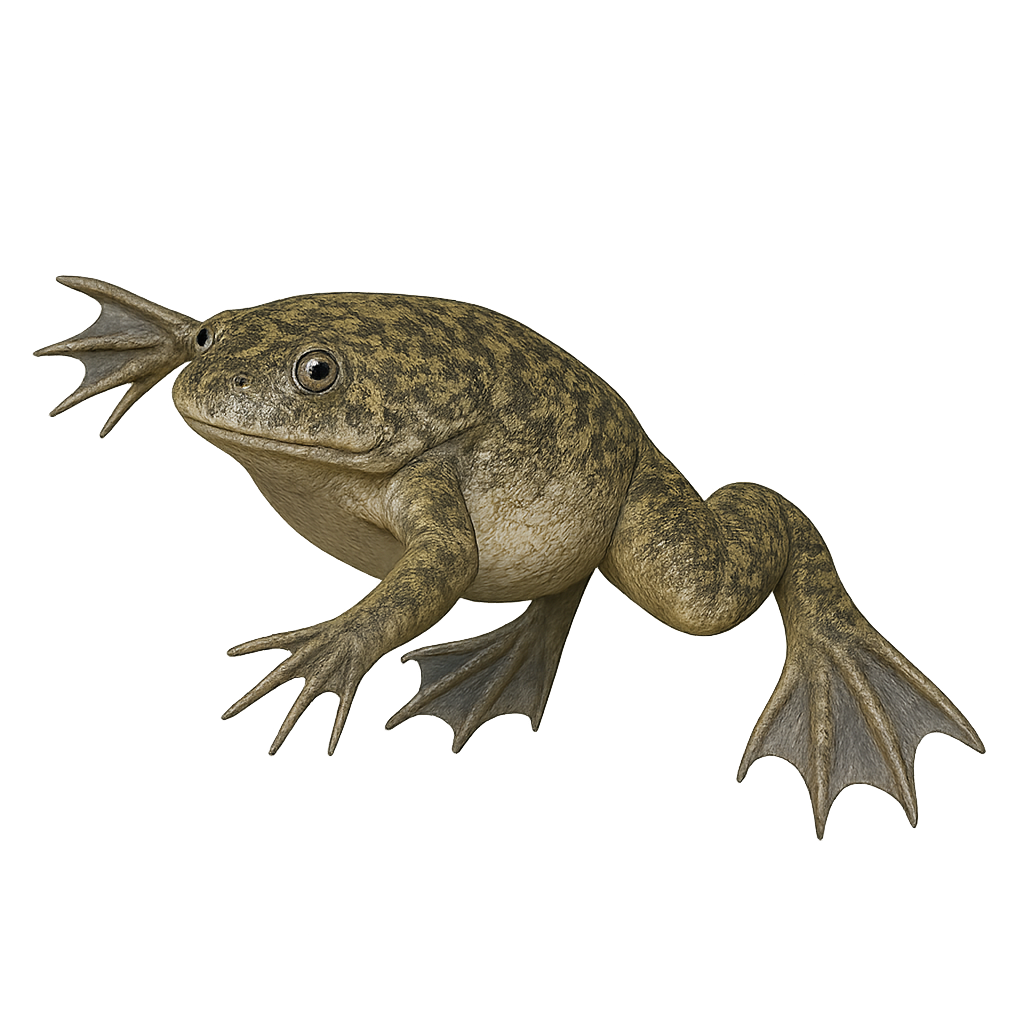Your wildlife photography guide.
Explore the african clawed frog in detail, study its behavior, prepare your shots.
Where to observe and photograph the african clawed frog in the wild
Learn where and when to spot the african clawed frog in the wild, how to identify the species based on distinctive features, and what natural environments it inhabits. The WildlifePhotographer app offers tailored photography tips that reflect the african clawed frog’s behavior, helping you capture better wildlife images. Explore the full species profile for key information including description, habitat, active periods, and approach techniques.
African clawed frog
Scientific name: Xenopus laevis

IUCN Status: Least Concern
Family: PIPIDAE
Group: Amphibians
Sensitivity to human approach: Tolerant
Minimum approach distance: 2 m
Reproduction period: December to March
Incubation: 8–12 jours
Births: December to March
Habitat:
Stagnant freshwater, ponds, and ditches
Activity period :
Mainly active at night, generally discreet during the day.
Identification and description:
Xenopus laevis is a fully aquatic amphibian native to sub-Saharan Africa, identifiable by its smooth olive skin and four claws on the front feet. It inhabits ponds, pools, and ditches of still water, feeding on invertebrates and small fish with its fast, sticky tongue.
Recommended lens:
Macro – adjust based on distance, desired framing (portrait or habitat), and approach conditions.
Photography tips:
Photograph the African clawed frog with a 100–200 mm macro lens at water level or near shelter, use low ISO and shallow depth of field to isolate skin textures. Be patient and avoid sudden movements.
The WildlifePhotographer App is coming soon!
Be the first to explore the best nature spots, track rutting seasons, log your observations, and observe more wildlife.
Already 1 429 wildlife lovers subscribed worldwide

